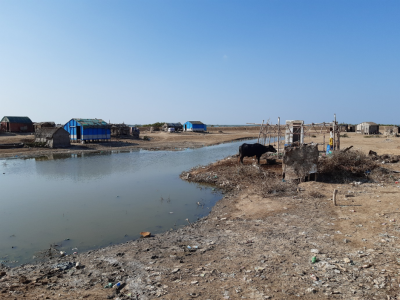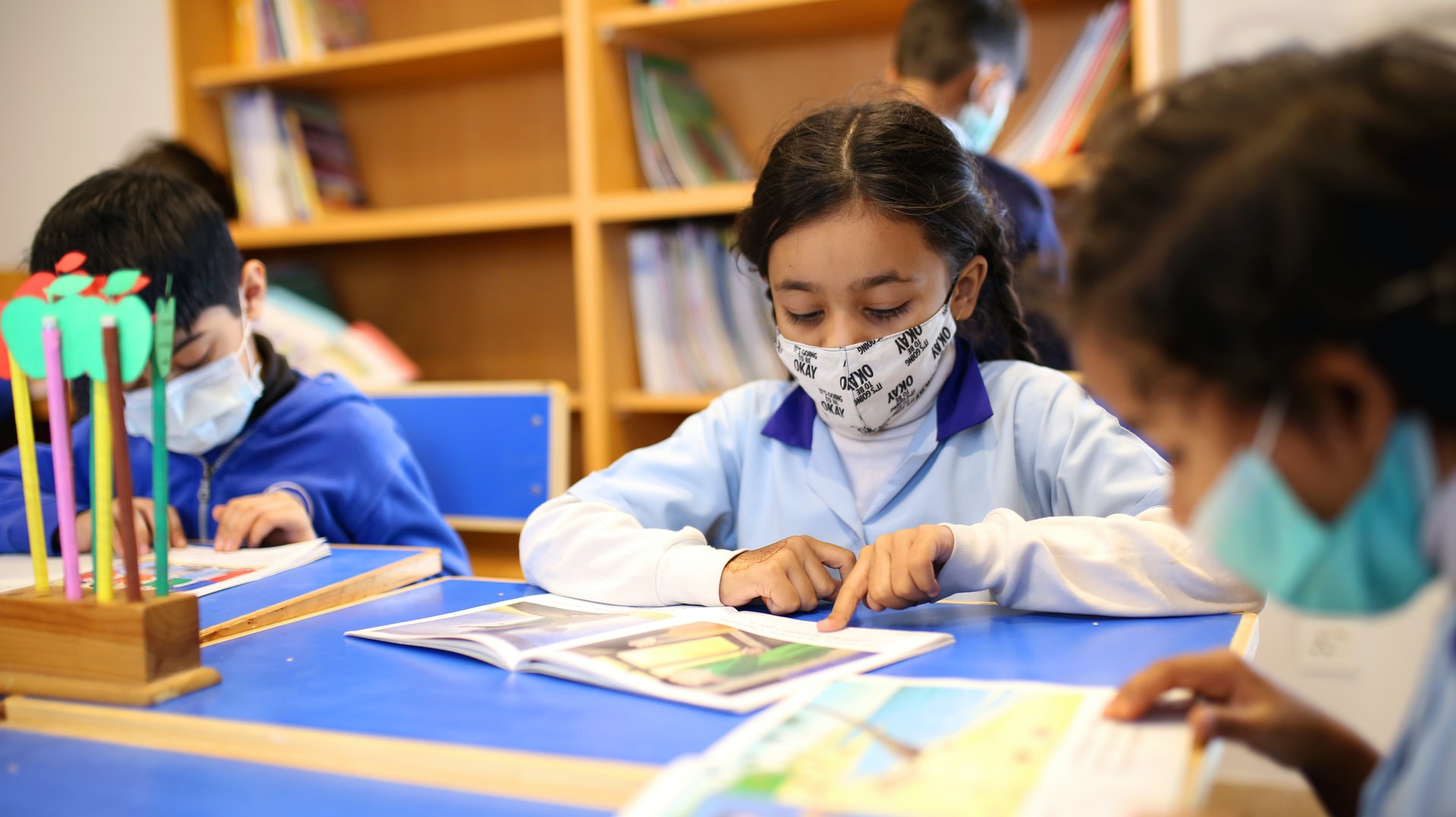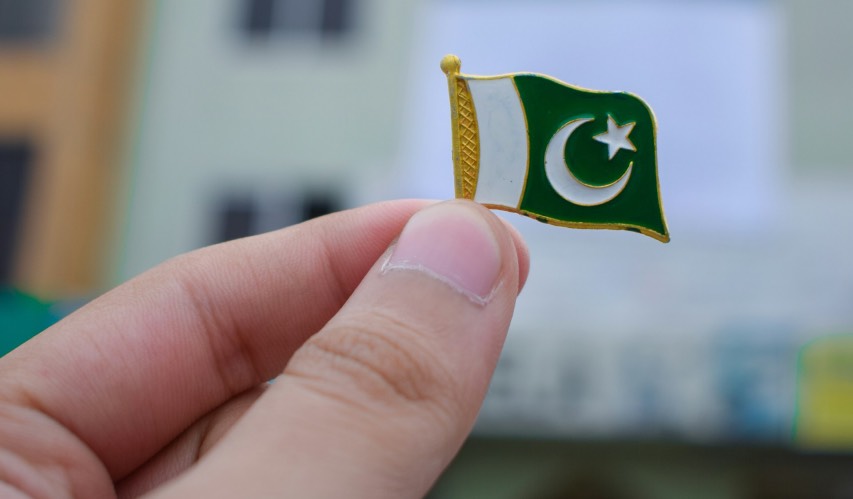While climate change is discussed widely across disciplines, the internal displacement of peoples directly affected by it — and the short and longer term impact of such displacement — is equally worrying. In this brief post, Dorien Braam highlights some of the critical issues affecting these people — invariably amongst the poorest — in Sindh.
Internal displacement as a result of climate change is an ongoing process for the coastal communities in the Indus Delta in Sindh. Over the last few decades, people have moved inland as a result of sea water intrusion, salinisation and reduced soil fertility, as well as disasters, occurring with increased frequency as a result of changes in the climate. A poignant reminder is the historical description of the nowadays sleepy village of Keti Bunder as a ‘cosmopolitan coastal community’, providing important financial support to the region.

Photo 1: Fishing Boats near Keti Bunder, Thatta, 2019 © Author.
The loss of land and livelihoods has displaced hundreds of thousands of people, with an estimated 1.5 million displaced in 2022 alone, during the most devastating floods the country experienced to date. The displaced resettle on marginal land unclaimed by others, limiting their opportunities for agricultural livelihoods, with an increased dependency on fishing, in turn at risk of climate change and environmental degradation.

Photo 2: Salinisation in Thatta, 2019 © Author.
However, environmental degradation is not only an outcome of climate change and disasters. As an important ecosystem to the region, the Indus river is used for irrigation works in both India and Pakistan. As a result, nowadays barely any water flows all the way to the sea leading to a reduction in protective mangrove forests and additional sea water intrusion.
Health Outcomes
Reduced water and food sources also has an impact on people’s immunity. Displacement itself increases stress and trauma, negatively impacting immunity, and increasing vulnerability to disease.

Photo 3: Living Conditions and Water Supply in Thatta, 2019 © Author.
Simultaneously, in the marginal areas they occupy once displaced from their original habitat, people have very limited access to health services whilst also being unable to pay for transportation required to visit health facilities in urban centres. Other circumstantial issues like language can become an additional barrier hampering access to health professionals and facilities: while the majority of the population in the Delta speaks Sindhi, health professionals are often only able to communicate in Urdu, one of the national languages of Pakistan.
As a result, diseases are rarely formally diagnosed, rather identified by generic symptoms such as respiratory and gastrointestinal complaints, which may indicate a host of infections or non-communicable disease. Among these are zoonoses — diseases transmissible between animals and humans, with potential global health impacts.
Structural Inequalities
Climate change exacerbates vulnerabilities which are the result of structural inequalities. Meanwhile, increased disaster and displacement results in a downward spiral of people’s socio-economic position and health status.
High-level decisions regarding the distribution of irrigation water, the depletion of fish stocks facilitated by biased regulatory frameworks, and global historical and political processes leading to disproportionate climate ‘loss and damage’, result in increased risk of displacement and disease in poorer countries and communities, with local as well as global impact.
*
The issues described above need to be urgently addressed in light of projected increases of displacement as a result of climate change. Policy and response interventions need to address not only the basic humanitarian needs of internally displaced people, but also target influencing political and economic processes to better protect people’s environmental, social and economic conditions, mitigating both risk of displacement and disease.
*
The views expressed here are those of the author and do not represent the views of the ‘South Asia @ LSE’ blog, the LSE South Asia Centre or the London School of Economics and Political Science.
This blogpost may not be reposted by anyone without prior written consent of LSE South Asia Centre; please e-mail southasia@lse.ac.uk for permission.
Banner image © Dorien Braam, Thatta (Sindh), 2019.







